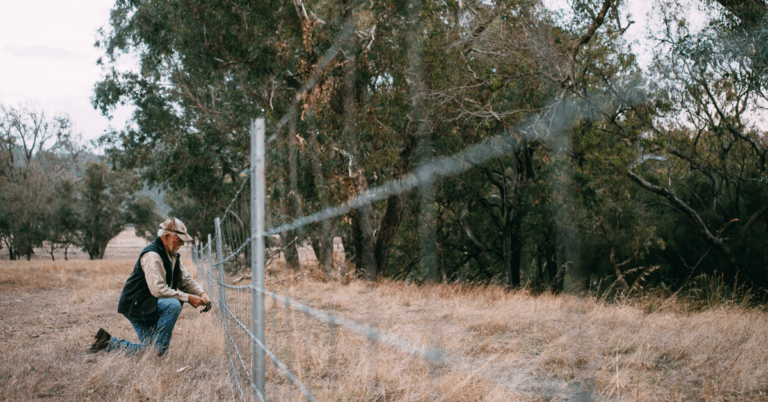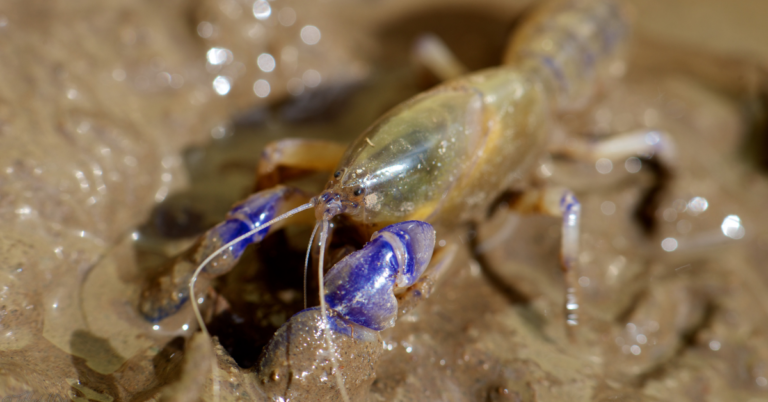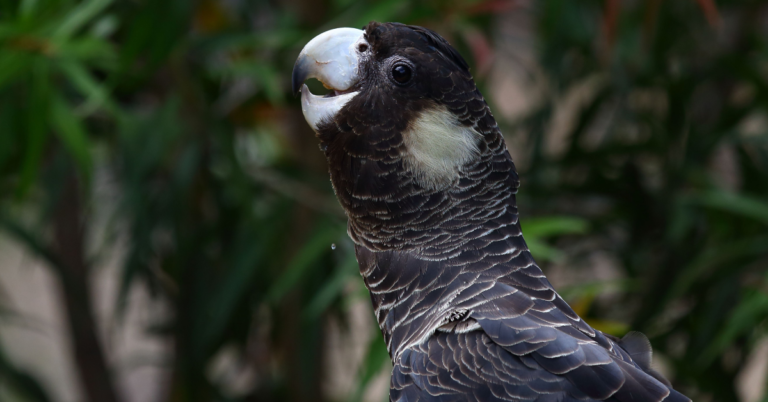Key outcomes
- Developing a non-destructive method of identifying Margaret River crayfish burrows, including the development of an eDNA assay
- Detecting presence of the critically-endangered species at known habitat sites. More than 110 crayfish burrows identified in three known habitat areas, but Margaret River burrowing crayfish confirmed at only one of these sites.
South West NRM is using innovative environmental DNA, or ‘eDNA’, technology to help protect the critically endangered Margaret River burrowing crayfish, known to exist at only three sites in the Upper Margaret River and Carbunup River catchments.
The Margaret River burrowing crayfish, or Engaewa pseudoreducta, is one of only eleven invertebrate species listed in Australia’s Threatened Species Action Plan – 110 Priority Species. There are five species of burrowing crayfish in Western Australia, all with smaller tails than their freshwater equivalents and large claws for digging burrows up to four meters deep. Though smaller than 5cm in length, burrowing crayfish are an important part of the soil ecosystem where they provide air and nutrients to plant roots.
The Margaret River burrowing crayfish is threatened by habitat loss through land clearing, farm dam construction, groundwater extraction and the drying climate. To roll out conservation programs, it is vital to first find out where their populations are located. Currently the only way to confirm their presence is to dig them out of their burrows by hand, destroying these complex structures in the process.
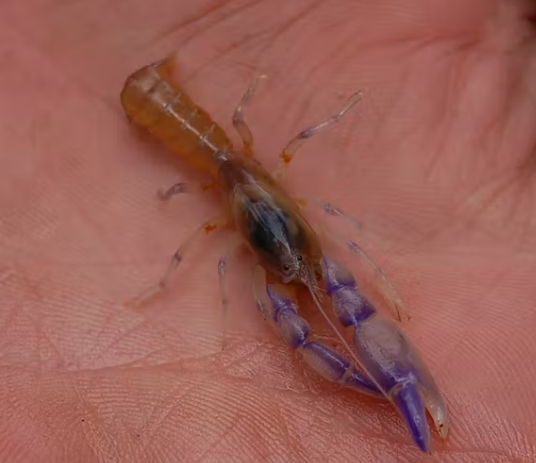
We worked with eDNA Frontiers at Curtin University to develop a non-destructive method of identifying burrows, using trace amounts of DNA left behind by the animals in water or soil. Since the project started in September 2022, the South West NRM team has identified over a hundred crayfish burrows from their three known habitat sites. Samples from these burrows were analysed to confirm whether Margaret River burrowing crayfish are present at these locations. Unfortunately, the Margaret River burrowing crayfish was confirmed at only one of these three sites, where six out of ten burrows tested positive for Margaret River burrowing crayfish eDNA.
Once their presence has been confirmed, the project team will analyse how far Margaret River burrowing crayfish can be detected from their burrows to find out more about the species’ range and suitable habitats. It is hoped that the eDNA monitoring method developed by eDNA Frontiers will vastly improve the management of this species, allowing for their distribution and threats to be better understood and managed.
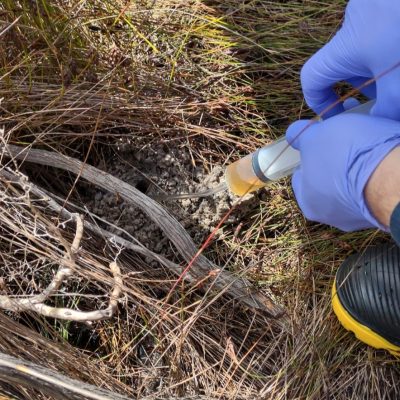
This project is delivered by South West NRM, through funding from the Australian Government.




